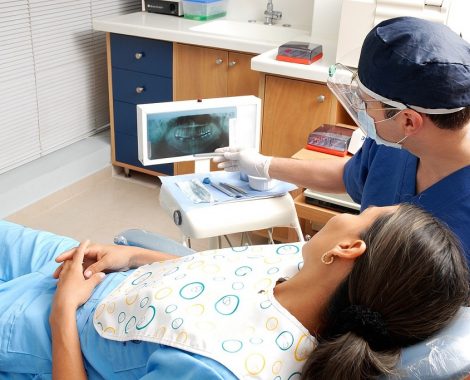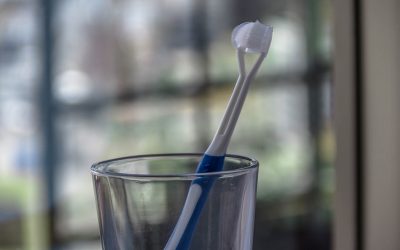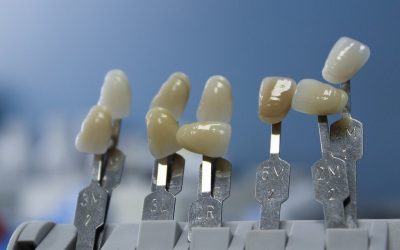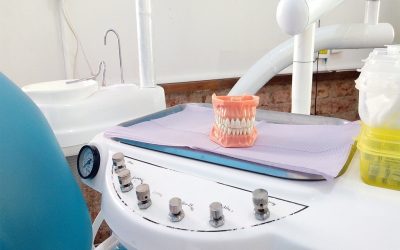![]()
A study done in 2013 by Aspen Dental says that one in three people expects to receive dental care treatment. Many think that not receiving dental treatment is a way to save money when not receiving dental care, unfortunately, is not the method of saving money that many people think, not actually go to your dentist and ignore the signs of some problem costs you more as it progresses dental deterioration and infections that require more advanced treatments to cure.




An infection in a tooth that has reached the pulp, to the inner tissue in the center of a tooth, RCT known as endodontic therapy to repair the damage. There is a natural channel that extends through the center of the tooth. A root canal is necessary to improve or save a tooth that carries an infection or a severely damaged tooth. During the process, the dentist removes the infected tissue from the pulp and puts a seal to close the tooth. Without treatment, an infected pulp results in an abscess, where an infection is filled with pus at the tip of the tooth path.
Reasons For A Root Canal And How A Tooth Is Damaged
There are several causes why a tooth is hurt so hard that a root canal is needed to repair the damage. A slit or nick caused by some trauma can open a tooth and expose the pulp, which develops in an increase of bacteria that causes infection. Deep tooth decay can also reveal the flesh.
The most significant signs that you need a root canal is the feeling of pain that emanates from a tooth. The pain feels soft until it feels extreme, and this can get worse with heat or cold or by biting or chewing. Other signs that indicate a tooth needs a root canal are swollen or painful gums, abscesses, tooth discoloration or prolonged sensitivity.

The Root Canal Procedure
Do not wait if you feel pain or sensitivity in a tooth. First, your dentist examines and takes x-rays of the affected tooth. In the second step, the dentist numbs the area with a local anesthetic and removes the affected tissue with a drill.


medication
The dentist then rinses the ear to remove the particles from the canal before putting the seal and can cover the tooth. It is a must to remove the infected pulp, or there is a risk of the spread of the infection. In cases of the disease, the dentist will put medication inside the tooth to treat the disease and temporarily seal the tooth until the infection is cured.
infection
By removing the pulp and infection, the dentist permanently seals the tooth; and in this way at the end, a tooth very disintegrated or a tooth with weak tooth enamel can be applied a crown or restoration to repair the tooth and keep it functioning normally. After applying a root canal, you can bite, chew and use the tooth usually.
https://youtu.be/P5WN7YwrdPE
You may feel pain or sensitivity in the days following the procedure, particularly if you have had depression or infection before receiving treatment. The majority of patients can summarize normal activities the day after the surgery. If you feel pain for more than one or two days call your dentist to make an appointment.
Jefferson Dental offers emergency appointments without an appointment for the same day. We also offer flexible financing and a discount plan that helps cover the cost of treatments such as root canal and dental crown.




